Hey, which Baju Raya are you gonna wear this year?
Oh, hello there! Raya is a little more than a month away. I sure hope you’ve found a few outfits that will fit well with the festive season. After all, the last thing you want is a wardrobe malfunction to ruin your mood. But if you’re still unsure whether you’re all set, you might want to read on. Who knows, you might find something useful. For those observing other major festivals, it’s still good to find out and learn.

For Nurzulhairizat Zulkarnain (pictured, in sunglasses, with his wife, brother, and sister-in-law), shopping for Baju Raya is an annual affair. “Every year we would buy new and use them until the next cycle.” As he put it, “The buying of Baju Raya can be split into two categories, Baju Melayu and casual attire. For Baju Melayu, we would usually have a different colour theme each year, agreed upon discussion with my family members.” He continued, “As Raya is celebrated for a month, I would like to be able to decide on what to wear on most days.” He expanded, “I would wear the complete set of Baju Melayu including the sampin on the first day of Raya.” He went on, “On subsequent days, I would pick either the Baju Melayu or kurta and pair it with jeans or khaki pants as it is more manageable, especially on days when there are several friends and relatives to visit.” After all, “Casualwear can more easily be used throughout the year.”
He highlighted, “My family and I would usually begin our search for the appropriate Baju Raya a month before the start of puasa to benefit from the lower traffic [as compared to during the fasting month] so as to allow for a more relaxed shopping experience.”
From his observation, prices of items would go down during the festive season as malls would have their sales then. At the same time, he clarified, “Actually, during Hari Raya, I would take advantage by getting new accessories.”
On the places he would frequent to get clothing items for the major celebration, he revealed, “These days, it is more convenient for me to buy ready-made Baju Melayu [unlike in the past when I used to source] for a kain from Jakel and [then get my ideal Baju Melayu done by the nearest] tailor.” He told me, “In recent years, my family and I have been going to Bangi Sentral area to get our desired Baju Raya.” Meanwhile, “For casual attire, we would normally purchase from AEON or Parkson.”
On how much he would usually spend, he disclosed, “I would typically spend around RM200 to RM250.” He also shared, “For both my wife and [eldest] daughter, their combined total expenditure would come up to about RM800 to RM850.”
To a question on how online shopping has impacted his shopping (for Baju Raya) behaviour, Nurzulhairizat replied, “We find it much easier to key in and search the Internet for more information on the desired online store or brand, especially when there is an ongoing advertisement or promotion, before deciding whether it is worth heading out to the [corresponding, actual] physical store to check out the sizes.” He pointed out, “For usage during Hari Raya, we would still rather have [physical contact with the item in order to better judge] its quality and the material used.” He stated, “Normally, we would prefer to check on the product via Facebook and Instagram platforms.”
On his plans this year, “My family and I are thinking of wearing something blue.” In view of the latest addition to the family, “We are looking forward to celebrating Raya together with our second-born and we are prepared to spend slightly more than in previous years.”
Notes/Definitions:
Raya/Hari Raya: Hari Raya Aidilfitri, which is associated with the month of Syawal (if one follows the Islamic calendar). It comes after the month-long of fasting, observed by those who are willing and able to fast.
Baju Melayu: A loose, long-sleeved traditional Malay shirt, worn by men over trousers, and typically comes with a ‘sarong’ or lower garment, otherwise known as ‘sampin’.
Baju Raya: The generic term to denote ‘celebration dress’ or ‘celebration shirt’.
Kurta: A long, loose men’s top without a collar.
Kain: Fabric/cloth.
Puasa/Fasting month: In the month of Ramadan, Muslims in Malaysia and elsewhere would abstain from food, drink, oral medication, smoking, and any other activity considered unhealthy for one’s spiritual wellbeing from sunrise to sunset. They would break their fast when the time comes. There are several exceptions, including:
- Women who are experiencing their period or post-partum bleeding.
- Those who have a long-term illness or are indisposed, including the frail and elderly.
- The mentally-challenged who are unable to make sound decisions.
- Travellers have the choice of whether or not to fast, provided the travelling is for a solid reason and done out of good intention.
- Pregnant and breastfeeding mothers can decide whether or not to fast.
- Children who have not reached puberty.
The related and significant pre-dawn meal, which is highly encouraged, is meant to keep observers fuelled until the breaking of fast.
*Some of the direct quotes have been modified without affecting the intended meaning.

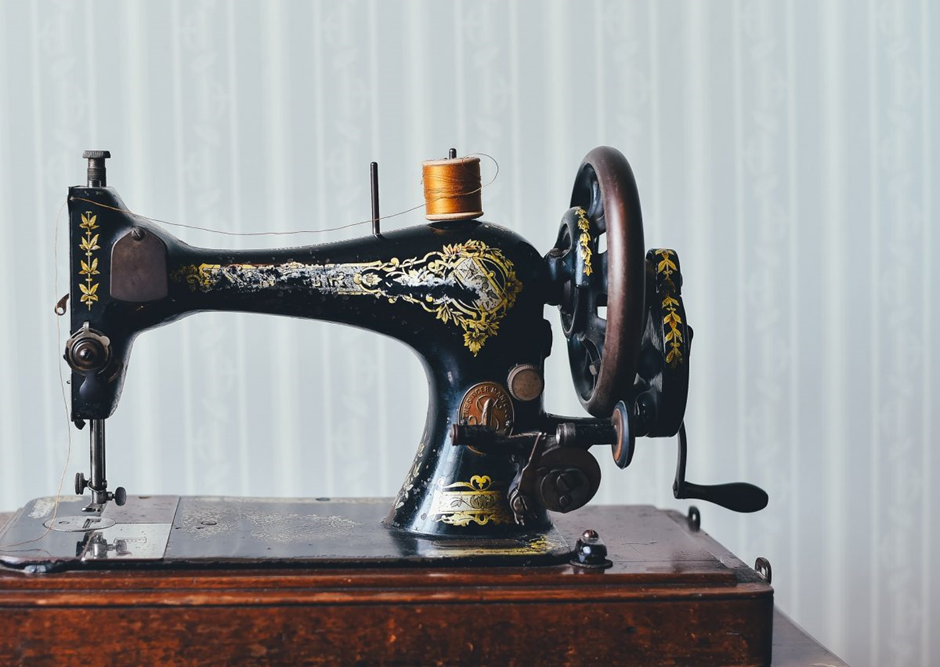


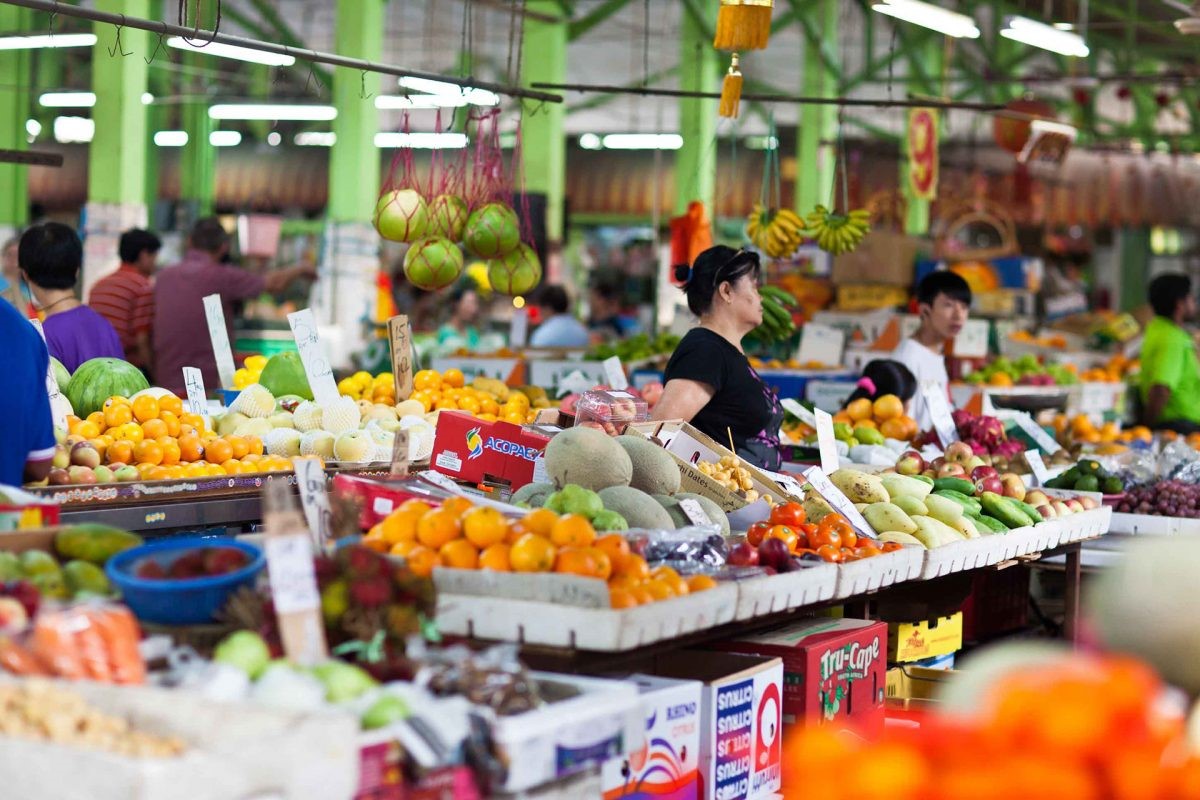

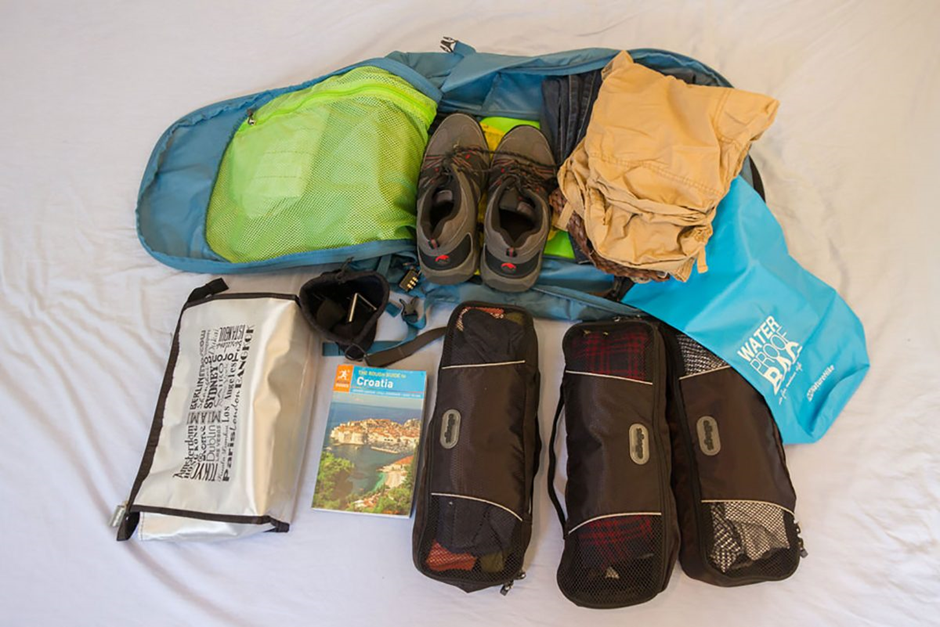
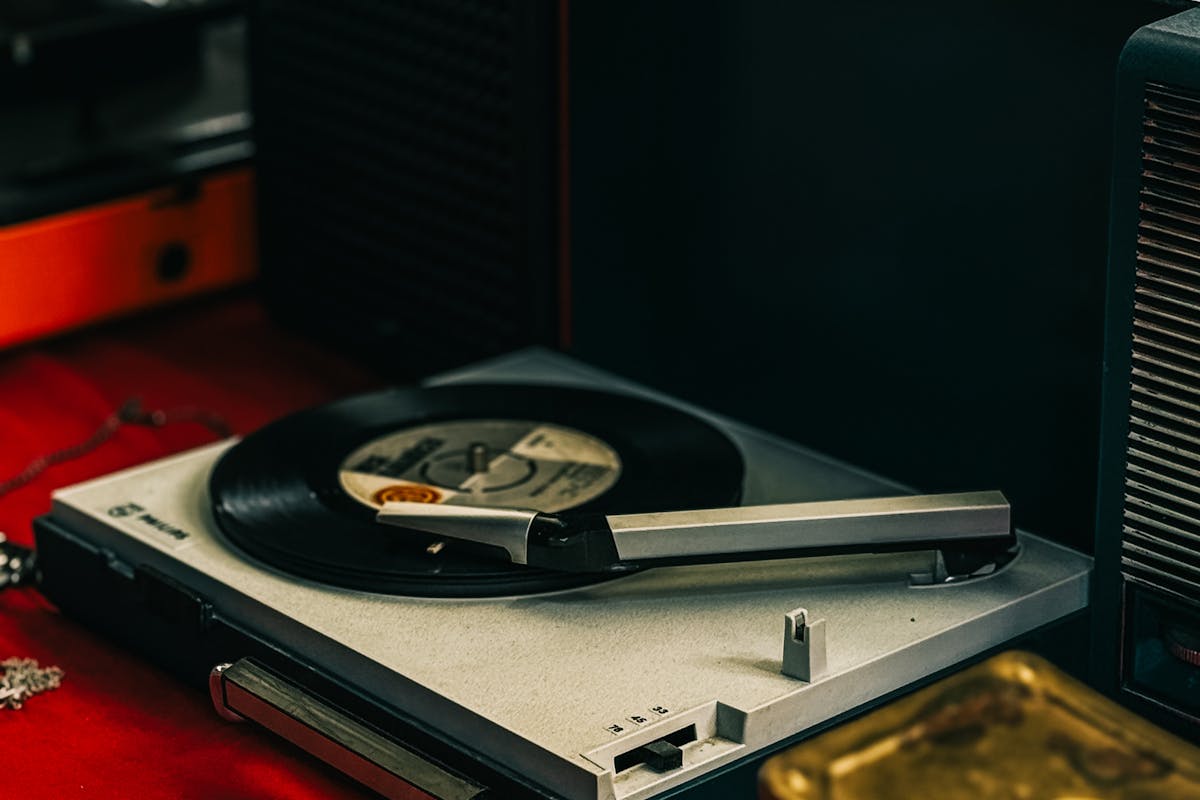
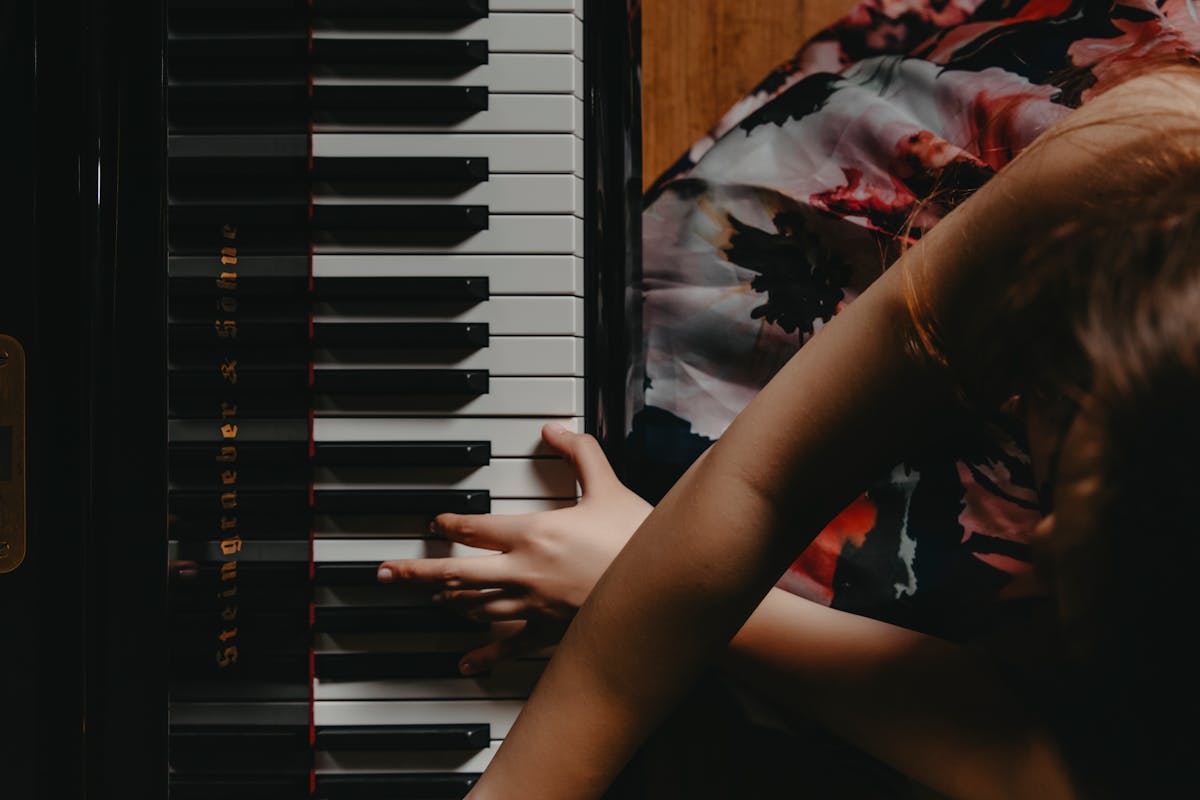

Showing 0 comments